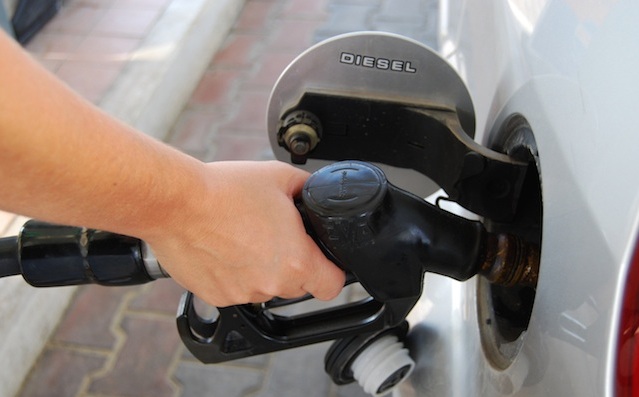
BMW is about to roll out its most fuel-efficient diesel engine, a 2.0-litre four-cylinder unit it claims is good for town-and-around use of 3.8-litres/100km (75mpg) when mated to an eight-speed automatic transmission in the 2-Series coupe.
It is likely to be available in New Zealand from next year, firstly in the 2-Series Active Tourer. But it comes at a time when sales of oil-burners among the premium segment’s main players are not as strong as they used to be.
For example, it wasn’t long ago that around 70 per cent of all BMW sales were diesel. No longer. At the end of August, diesels accounted for 55 per cent of 1416 overall sales in 2014. The split was 779 diesel, 637 petrol.
“It (petrol/diesel split) has changed a lot in recent years – it’s definitely moving back towards an increase in petrol,” said BMW NZ communications manager, Ed Finn.
The shift to petrol shows up more in cars than SUVs, where diesel is the predominant powerplant. Take out the 540 SUVs (508 diesel, 32 petrol) BMW sold to the end of August and that leaves 876 cars, of which 605 were petrol and 271 diesel. That’s a percentage spit of 70:30 in favour of petrol. A few years ago it was closer to 50:50.
Rival Audi NZ charts a similar shift. Says its general manager Dean Sheed: “It’s come back in favour of petrol, but I wouldn’t say it’s a big shift.
“There are two reasons: one, the diesel/petrol pump price isn’t wildly different once you factor in the RUC (Road User Charges) for diesel, and, two, is the development of four-cylinder turbocharged petrol engines. They have taken a good chunk of diesel technology, like direct-injection, to become more fuel-efficient.”
The donor diesel technology along with turbocharging has helped improve the flexibility of petrol engines to the point where peak torque, the engine’s pulling power, is available across a wider rev range, a significant plus for petrol power.
Diesel sales at Audi at the end of August occupied 40 per cent of overall numbers, down from 52 per cent last year and a high in 2009-2010 of 55 per cent.
Audi SUV sales were once all diesel, sitting at 100 per cent between 2009 and 2013 but dropping back to 80 per cent in 2014. Diesel Audi car sales peaked at 38 per cent in 2010 but have since slipped to around 19 per cent this year.
Sales of Mercedes-Benz diesels are sliding, too. In 2010, the split was 65 per cent petrol and 35 per cent diesel. So far this year it’s 73 per cent petrol and 27 per cent diesel, a change helped, for instance, by numbers for the smaller A-Class: out of 213 A-Class variants sold to the end of August, eight were diesel.
Another statistic: the new Mercedes-Benz C-Class 250 petrol sedan has a claimed town-and-around fuel use of 6 litres/100km, or 47mpg. The C-Class 250 diesel sedan apparently uses 4.5-litres (63mpg) for every 100km.
For the sake of argument, at $2.17 a litre of unleaded the petrol car would cost $13.02 for every 100km, or $130.20 for every 1000km. At $1.60 a litre the diesel car would cost $7.20 for every 100km, or $72 for every 1000km.
But add in the government’s RUC of $5 for every 100km or $50 for every 1000km driven in a diesel vehicle and $7.20/100km becomes $12.20/100km and $72/1000km becomes $122/1000km. In theory, for every 1000km, there’s only $8 in it.
